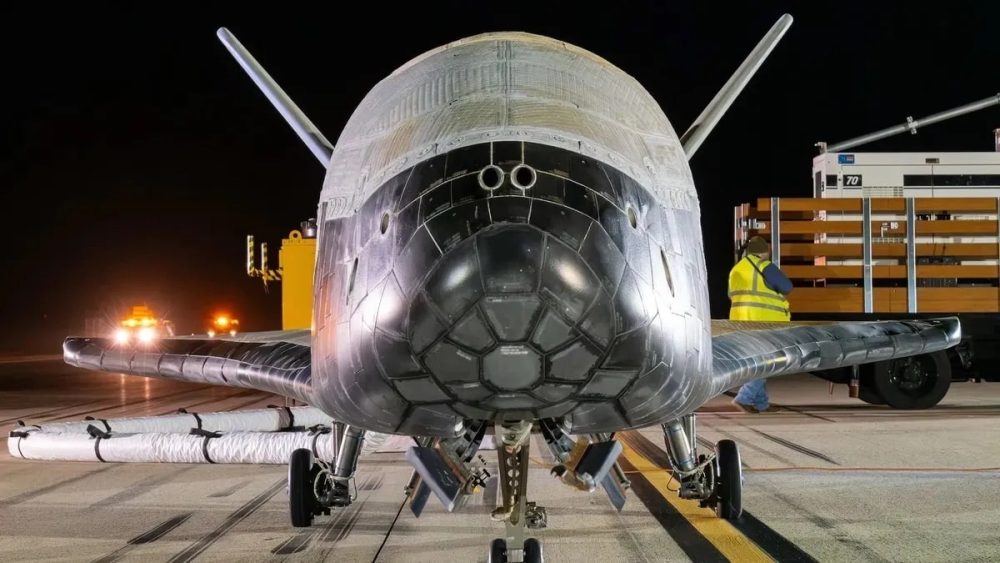The U.S. military’s X-37B spaceplane is scheduled for its eighth mission on August 21, 2025, carrying an experiment that could reshape the future of navigation. Among its classified objectives, the reusable orbital test vehicle will host the most advanced quantum inertial sensor ever flown in space, marking a milestone in efforts to develop an alternative to GPS.
Why GPS Isn’t Enough
From smartphone maps to global aviation and shipping, the Global Positioning System (GPS) underpins modern life. Yet it has weaknesses: signals fade beyond Earth’s orbit, cannot penetrate underwater, and are vulnerable to jamming or spoofing during conflicts. For submarines, spacecraft, and even aircraft in contested zones, this creates blind spots.
Classical inertial navigation systems (INS) attempt to fill the gap by using gyroscopes and accelerometers to track motion. But over time, small measurement errors accumulate, leading to drift, meaning they still require GPS or another external fix.
The Quantum Advantage
Quantum inertial sensors promise to solve this problem. Using atom interferometry, atoms cooled near absolute zero are split into superposition states and made to travel along two paths before recombining. The interference patterns that result encode precise information about acceleration and rotation.
Because atoms are identical and immune to mechanical wear, quantum sensors can provide highly stable, drift-free navigation over long periods without external reference signals. In principle, this could allow spacecraft, aircraft, ships, and submarines to operate accurately even in GPS-denied environments.
A First In Space
Previous space experiments, such as NASA’s Cold Atom Laboratory and the German Space Agency’s MAIUS-1, have validated atom interferometry in microgravity, but mainly as scientific demonstrations. The X-37B experiment is designed as a compact, high-performance navigation unit, moving the concept from the laboratory toward operational use.
For the U.S. Space Force, success would enhance resilience in contested or denied space environments. For civilian applications, it could eventually provide a robust backup or even a primary navigation system for missions to the Moon, Mars, or beyond.
A Broader Quantum Push
The U.S., China, the UK, and others are investing heavily in quantum navigation. In 2024, Boeing and AOSense demonstrated four hours of GPS-free flight with a quantum sensor aboard a crewed aircraft. The UK also reported its first quantum-equipped commercial flight test that same year.
If the X-37B mission delivers, it will mark the first real test of quantum navigation in space. Though details may remain classified, the outcome could be remembered as the moment navigation took a genuine quantum leap forward.


